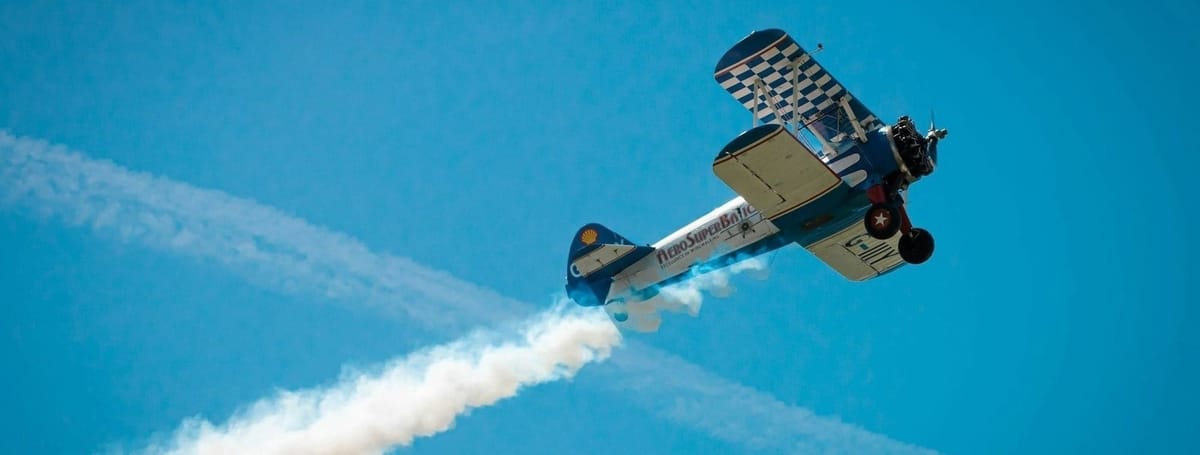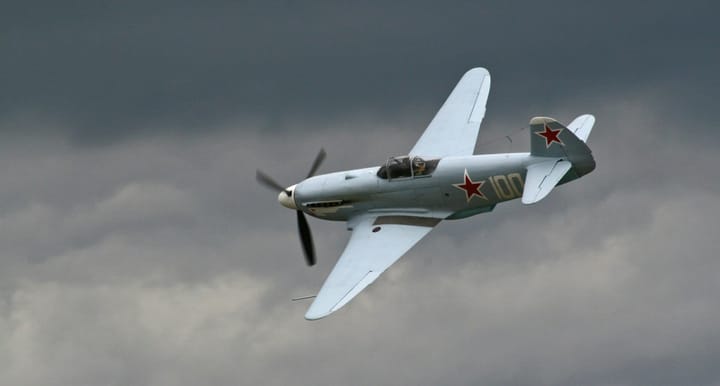Estimate glide efficiency during powered climb by calculating best glide speed, angle, and range using real-time aerodynamic inputs. Visualize how aircraft configuration and climb rate affect horizontal distance and time to altitude.
🔍 What Is This Tool?
This calculator is designed to estimate glide performance during climb using aerodynamic parameters and current aircraft conditions. It computes critical metrics including:
- Glide Ratio (L/D)
- Best Glide Angle
- Best Glide Speed
- Maximum Glide Range
- Time to Reach Altitude
Unlike traditional glide calculators meant for descent or emergency planning, this one is focused on climbing flight performance where positive vertical speed is present.
🎯 Purpose & Importance
Understanding glide performance during climb helps learners:
- Analyze aerodynamic efficiency under load and altitude changes.
- Compare different aircraft designs.
- Validate theoretical aerodynamic models using real-world inputs.
- Visualize the horizontal distance covered during a powered climb using real glide ratios.
This is essential for aerodynamics coursework, flight performance studies, or any engineering analysis involving powered glide behavior.
👨🎓 Who Should Use It?
This calculator is ideal for:
- Aerospace engineering students
- Flight training cadets
- Aircraft performance analysts
- Simulation designers
- Aviation content creators and instructors
🛠️ Application Areas
- Educational labs for climb performance
- Comparisons of wing designs via aspect ratio and efficiency
- Glide trajectory simulations in non-emergency scenarios
- Pre-design testing for UAVs or light aircraft
⚙️ Parameter Explanations
Each parameter has physical relevance in the climb profile. All are calculated assuming steady, powered climb in standard atmosphere (ISA).
1. Aircraft Weight (W)
The total weight of the aircraft. It influences required lift and affects glide speed.
Units: Newtons (N) or Pounds-force (lbf)
2. Wing Area (S)
Wing surface area directly impacts lift and glide efficiency.
Units: Square meters (m²)
3. Altitude (h)
Current altitude above sea level, used to determine air density via ISA.
Units: Feet (ft) or Meters (m)
4. Zero-lift Drag Coefficient (CD₀)
Parasite drag when the aircraft generates no lift. Affects total drag and glide angle.
Typical range: 0.01 – 0.05 (dimensionless)
5. Aspect Ratio (AR)
Aspect Ratio is a measure of how long and slender the wing is. It is calculated by comparing the wingspan to the wing area. A higher aspect ratio generally indicates a wing that is more efficient at producing lift with less drag.
6. Oswald Efficiency Factor (e)
Accounts for lift distribution inefficiency. Used in induced drag calculation.
Range: 0.7 – 0.95 (dimensionless)
7. Rate of Climb
Vertical velocity of the aircraft during climb. Used to calculate Time to Altitude.
Units: Meters/min (m/min) or Feet/min (ft/min)
8. Air Density (ρ)
Auto-calculated based on altitude using the International Standard Atmosphere model. Affects lift and glide speed.
Units: kg/m³
📊 Output Metrics
- Glide Ratio (L/D): Efficiency of lift compared to drag. A ratio of 12 means the aircraft can glide 12 meters forward for every 1 meter lost in altitude.
- Best Glide Angle: The angle (θ) that minimizes descent for maximum distance.
- Best Glide Speed: Airspeed that yields maximum range in a glide. Shown in both m/s and knots.
- Maximum Glide Range: How far the aircraft can glide horizontally from its current altitude.
- Time to Altitude: Based on Rate of Climb, the time it would take to reach your entered altitude.
- Chart + Data Tables: Interactive chart visualizes the glide path, while tables list altitude vs. horizontal distance in both metric and imperial units.
📈 Visual Outputs
The tool plots the glide path as a curve from zero to selected altitude, both in meters and feet. This allows students to see how climb rate and aircraft configuration affect total horizontal distance and climb time.
📥 Export Capability
Click the "Export Tables as PDF" button to save your current calculation, input values, and both metric/imperial data tables—useful for documentation or training sessions.
✅ Final Notes
- Ensure consistent units across inputs.
- This tool is focused only on climb scenarios—not unpowered or descent gliding.
- It assumes a steady climb in a clean configuration (no gear/flap drag).
- Results are idealized under ISA standard atmosphere, not accounting for wind or dynamic control changes.




Comments ()